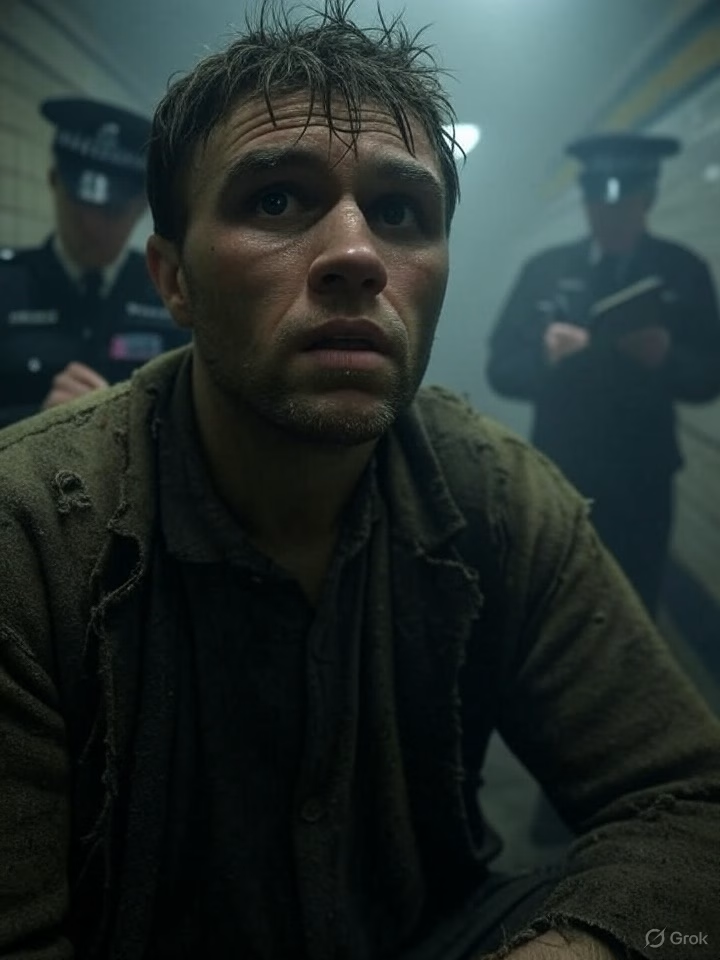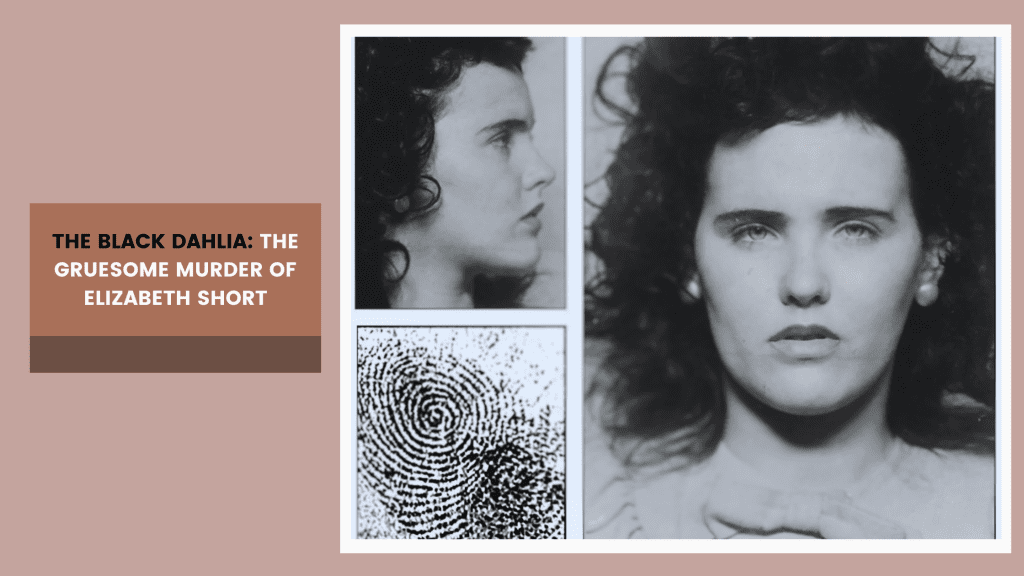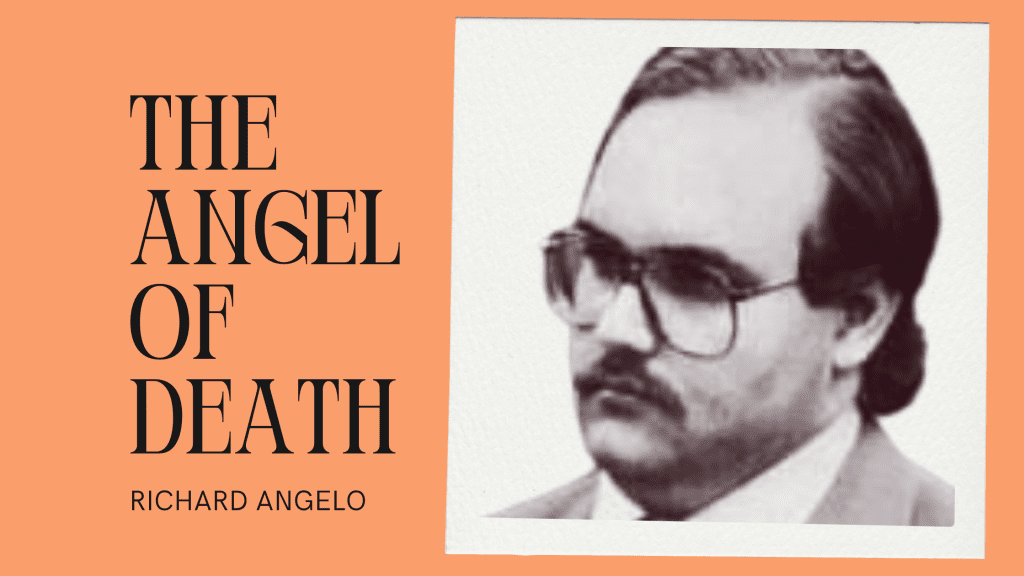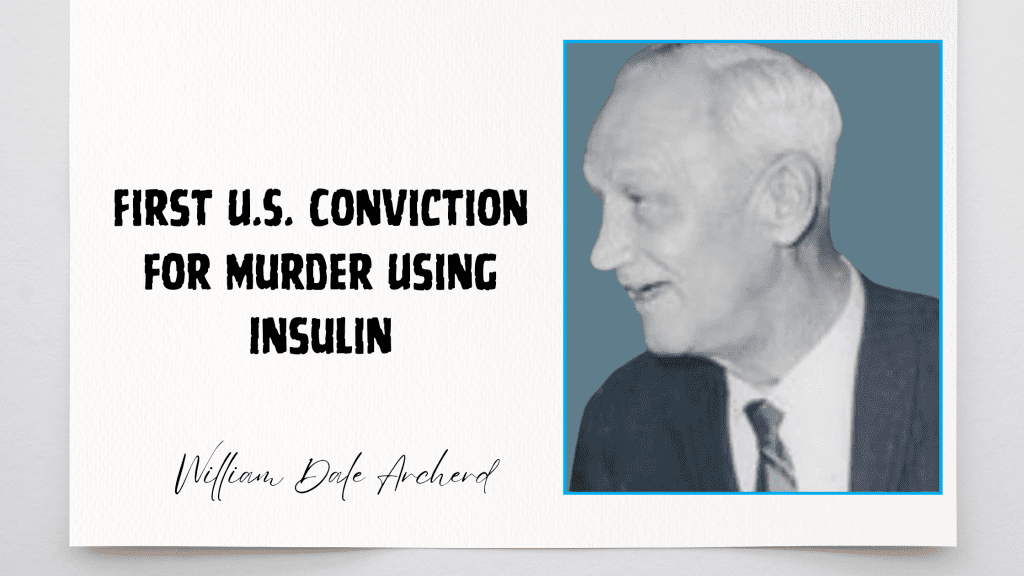Deep beneath London’s bustling streets, where the rumble of trains echoes like distant thunder, lurks a tale as shadowy as the tunnels themselves. Kieran Patrick Kelly, an Irish vagrant turned suspected serial killer, confessed to pushing 18 men under oncoming Tube trains over three decades. Convicted of just two murders, he claimed to have buried more victims under his squalid home. But was Kelly a prolific monster, or a boastful liar spinning yarns from a jail cell? In this fresh take, we sift through the confessions, the cop’s heroic memoir, and the nagging doubts that paint Kelly not as a mastermind, but a desperate fantasist. Drawing from police files and survivor whispers, here’s the underground truth—or what’s left of it.
A Ghost in the Tunnels: Kelly’s Shadowy Life
Kieran Patrick Kelly arrived in London from rural Ireland in the 1950s, a drifter chasing work on building sites. By day, he labored as a navvy; by night, he haunted the Northern Line, nursing grudges in dingy pubs. Born in 1930 near Rathdowney, Kelly grew up poor and volatile, his temper as explosive as the wartime bombs that scarred London’s Underground during the Blitz. He married briefly, fathered kids he abandoned, and spiraled into alcoholism and petty crime.
Read more: John Orr: The Firefighter Turned Serial Arsonist
For years, Kelly vanished into the city’s underbelly. He squatted in abandoned stations, scavenged for scraps, and clashed with fellow vagrants over scraps of dignity. Witnesses recall a wiry man with a wild beard, muttering threats in a thick brogue. But beneath the rage simmered something darker. Kelly later boasted of his first kill in the 1960s: shoving a rival drunk onto the tracks at Holloway Road. “He bounced like a rag doll,” he allegedly chuckled. Yet, nobody surfaced. No records matched. Was it bravado, or a murder lost to the Tube’s endless roar?
The Midnight Pushes: Confessions That Shocked Scotland Yard
Kelly’s empire of terror allegedly reached its peak in the 1970s and 1980s. He targeted rough sleepers—lonely souls like himself—luring them with booze before striking. At stations like Caledonian Road or Kentish Town, he’d wait in the gloom, timing pushes for maximum horror. Victims tumbled to electrified rails below, their screams drowned by arriving trains. Kelly claimed 18 such kills, plus two strangled and buried under his Stepney flat’s floorboards: one a cellmate named Michael Jackson (no relation to the pop star), the other a nameless tramp.
Arrested in 1983 for shoplifting a bottle of whiskey, Kelly spilled his secrets to junior officer Geoff Platt during transport to court. “I’ve done 18,” he reportedly whispered, detailing dates, stations, and motives born of bar fights or stolen smokes. Platt, wide-eyed, scribbled notes as Kelly relished the retelling. But here’s the twist: Platt arrived late to the station that day, missing the initial questioning. How did a green constable unlock such a vault? Skeptics whisper Kelly targeted Platt, the “soft touch,” to trade tales for leniency—or fame.
Prosecutors charged Kelly with two murders: Francis Fenton, 57, pushed at Parsons Green in 1979, and another unnamed victim from 1981. A jury convicted him in 1984, sentencing him to life. Yet, digs under his home yielded bones—but no IDs. Tube archives? Silent on 16 more deaths. Consequently, Kelly’s tally hovers at two confirmed, with the rest dismissed as a drunkard’s delusions.
Geoff Platt’s Book: Hero Cop or Tall-Tale Teller?
Enter Geoff Platt, the officer who “unmasked” Kelly. In his 2015 memoir, London Underground Serial Killer: The Life of Kieran Kelly, Platt casts himself as a Flying Squad legend—busting royals, generals, and terrorists single-handedly. He claims Kelly’s confession came mid-ride, a bombshell that earned him a bravery award. Platt details chases through fog-shrouded alleys, bodies unearthed in moonlit gardens, and Kelly’s “evil grin” as he mapped his kills.
But cracks appear. Platt, a 25-year veteran, retired early after an injury. By 2015, at 60, his life unraveled: a failed job hunt (700 applications!), shattered marriage, estranged kids. That same year, a road-rage crash left him jailed for six months after hitting a teen girl. His bio brags of PhDs, Olympic officiating, and strongman feats—yet agents shunned his manuscript. As one reviewer notes, “If you’ve got heroes, why invent more?”
Podcasts like That Chapter poke holes: Platt’s “heroics” inflate routine arrests. Kelly’s “18 confessions”? Uncorroborated, possibly barroom bluster. Even Platt admits in interviews: “He talked like a man unburdening his soul.” Or scripting a legend? From this lens, Platt’s book reads less like an exposé, more like a redemption arc for a fallen cop.
The Enduring Enigma: How Many Ghosts on the Rails?
Kelly died in 2001, aged 71, in Maidstone Prison—heart attack, or karma’s quiet close? He recanted nothing, smirking to the end. Platt faded into obscurity, his tales half-remembered in true crime circles. Today, the Northern Line hums on, oblivious to its haunted history. Were there really 18 shadows shoved to doom? Or did Kelly, like Platt, craft myths from misery?
This perspective flips the script: not just killer and cop, but two broken men weaving webs of what-ifs. True crime thrives on certainty, yet Kelly’s case lingers in gray—much like the fog over those forgotten tracks. What’s your take: prolific predator or prison poet? Share below, and follow for more underground dives into the killers we half-believe.





Pingback: Bruce McArthur: Toronto's Gay Village Serial Killer - Serial Killers Perspectives